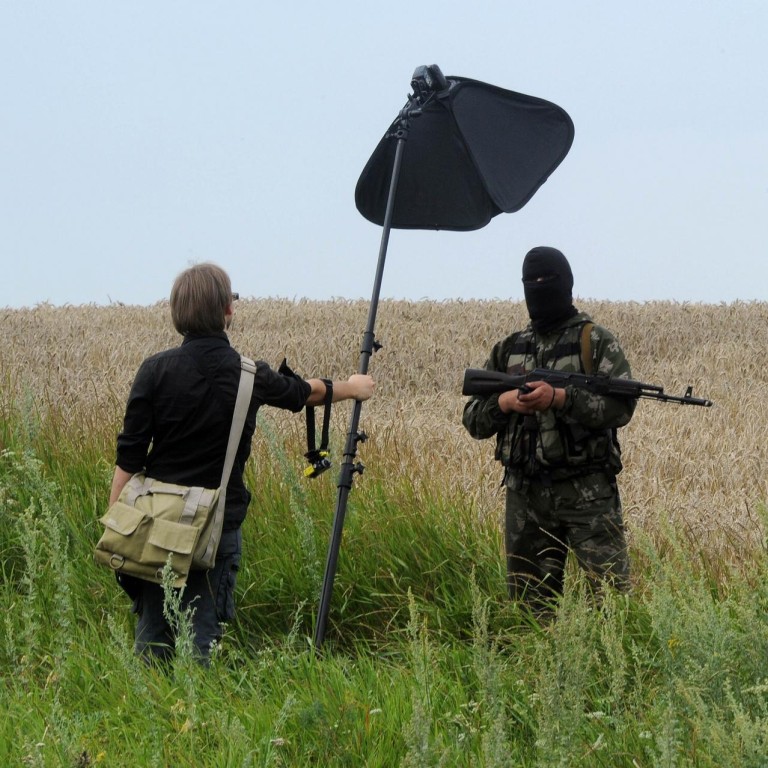
Missile hit on MH17 required 'extensive training': military experts
Whoever fired the surface-to-air missile that brought down a passenger jet over eastern Ukraine would have needed extensive training to execute the mission, according to military experts.
Whoever fired the surface-to-air missile that brought down a passenger jet over eastern Ukraine would have needed extensive training to execute the mission, according to military experts.
Taking down Malaysia Airlines Flight 17, travelling about 960km/h at an altitude of 10,000 metres required vastly more expertise than, for example, firing a shoulder-braced rocket-propelled grenade at a slow-moving helicopter. A crew of at least four would have been needed to accurately fire the truck-mounted Russian-made SA-11 missile, also known as a Buk missile system.
"You've got to have people who are technically competent," said retired US Army Major General Stephen Reeves, who served as an intelligence officer in Western Europe.
The SA-11 is a 1972-era weapon system, and is not as technologically advanced or easy to operate as more modern weaponry.
You don't just take some folks off the street, and 30 days later they're trained
"This is a hard system to use, in today's terms," said retired Lieutenant General Patrick O'Reilly, a former director of the US Missile Defence Agency, who estimated that each of the SA-11 crew members would have needed at least six months of training.
"You don't just take some folks off the street, and 30 days later they're trained," he said.
The SA-11 system is designed to identify a target with radar before and throughout the flight of the missile. Data is transmitted continuously to the missile, guiding it towards the target.
However, O'Reilly said that while the SA-11 could find and follow targets at altitudes up to 21,000 metres, the system was unable to distinguish between a military transport plane and a large passenger aircraft.
Given the Malaysian plane's course, O'Reilly said, the SA-11 probably had been fired within 40km of the crash site.
Those who fired at the Malaysian plane on Thursday "knew they were shooting at a large aircraft", O'Reilly said. "It's such an old technology, it could very conceivably be they thought they were shooting down a military cargo plane or a large tanker. It is not unlikely they really thought that they were shooting down a military aircraft."
The SA-11 missile is armed with a "proximity fuse" that detonates within 100 metres of a target. This meant, said O'Reilly, that MH17 was downed by the force of the blast, not by a direct collision with the missile.
"It's not designed to hit the plane," he said. "It's designed to get close, and the proximity fuse automatically goes off."
Debris from the wreckage, particularly chunks of the passenger jet, could contain tell-tale fragments of the SA-11. However, the forensic work of verifying the type of weapon could still fall short of identifying who fired it because of the SA-11's ubiquity in the region.
US officials have said the missile appeared to have been fired from an area of eastern Ukraine held by Russia-backed separatists, some of whom were spotted with an SA-11 launcher shortly before the missile was fired.
Ukrainian Prime Minister Arseniy Yatsenyuk said in comments published yesterday that Russia was probably behind the downing of the passenger jet as such an operation took professionals, not "drunken gorillas".
"Very professional personnel are needed to find targets and fire this missile," he told a German newspaper.
